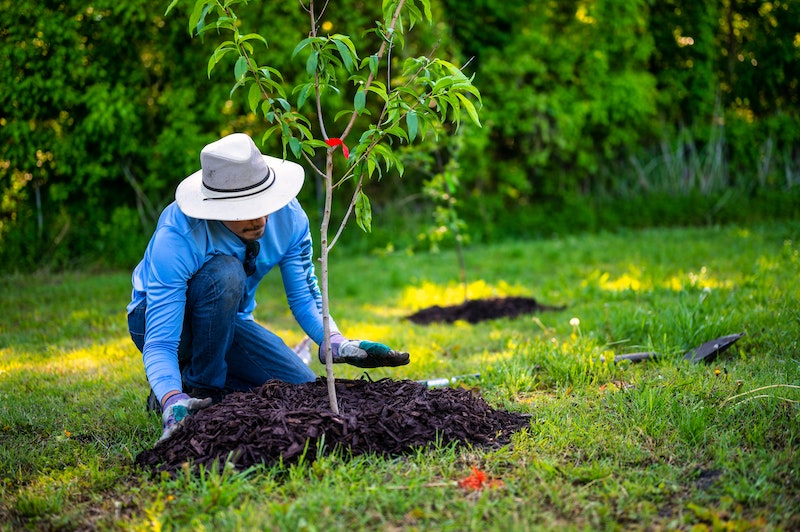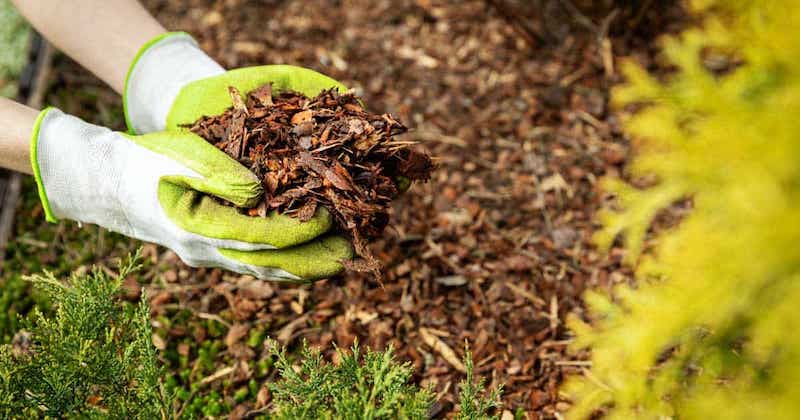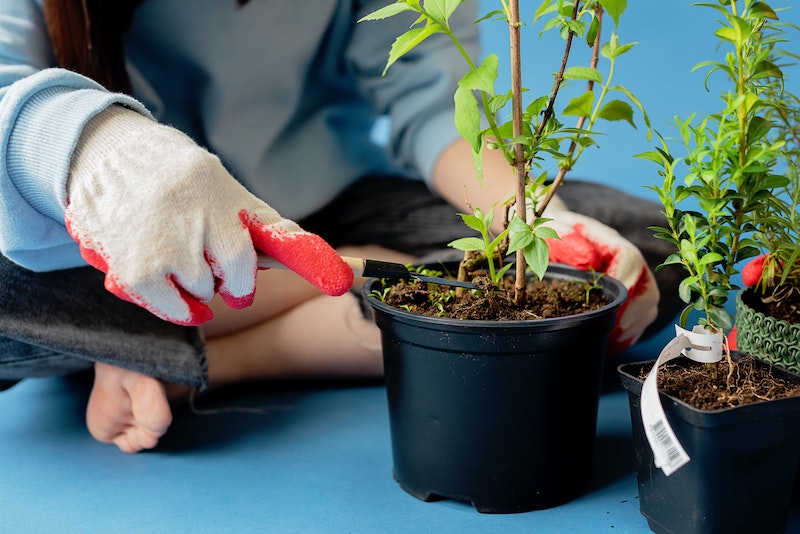Trees are the biggest and most often most expensive plants in the garden. Planting them correctly from the start ensures enjoyment for many years to come. With any plant in the garden, the phrase ‘right plant, right place’ is the gardener's mantra and applies to plants such as trees and shrubs that may not be easily moved later if planted in the incorrect location. Look for trees adapted to your climate and location, such as natives, when you want to include trees in your garden plans.

What You Need To Plant Trees
- Spade
- Organic material for mulching the root zone
- Well-draining soil
- Good location
- Water source nearby
- Granular, balanced, slow-release fertilizer
- Hand pruners
- Long handled loppers
Where to Plant Trees
Research the requirements for your specific tree and choose a spot with the right light, water, and soil pH. Make sure you have room to dig a planting hole at least as deep as the tree’s container and that nearby tree roots or structure foundations will not interfere. As a rule, most trees require full sun and a soil pH of 5.5-6.5, slightly acidic to neutral. In urban or suburban areas, city or county regulations may restrict the type of tree or where a tree can be placed on your property. Individual housing development HOAs may also regulate where trees can be planted.

Tree Spacing
Trees need to be planted far enough away from building foundations, sidewalks and driveways so that their mature size and root systems will not cause structural issues. A tree's root system is about 1.5 times the mature canopy spread. Staking is not always required for newly planted trees but can help young root systems become more stable if planted in an area with high winds.
Many staking systems are available for the home gardener, but the simplest is still the best. Angle a sturdy stake that is half the height of the tree so that the head of it points toward the prevailing winds. Loosely tie the trunk to the stake using soft rope, old pantyhose, or any other material that will not rub on the bark and damage the tree. Remove the stake when the tree can stand upright. Trees staked too tightly or for too long build a weaker root system and trunk and are more likely to flop over and fail.

Steps To Plant Trees
Step 1 - Check for good drainage of the planting site
Step 2 - Dig a hole twice as wide and deep as the container your tree is grown in.
Step 3 - Balled and burlapped trees need to have the burlap and any cages removed as the rootball is carefully placed in the planting hole.
Step 4 - Position the root flare or graft union just above the soil surface so that it is not covered when backfilling the hole.
Step 5 - Do not amend the soil. Overly amended soils act like a giant pot where the roots do not spread out to seek nutrition or moisture and eventually become bound. Trees establish quicker in mostly native soil.
Step 6 - Backfill the hole with the native soil, gently firming it in place while keeping the tree upright.
Step 7 - Sprinkle the soil over the root zone with a granular fertilizer.
Step 8 - Water the tree well, saturating the soil around the root zone.
Step 9 - Mulch the root zone with 3-4 inches of organic material, such as arborist chips or shredded bark, keeping the mulch at least 8-10 inches away from the root flare and trunk.
When to Plant Trees
Trees can be planted successfully from late winter until late summer. Trees planted late in fall and mid-summer have a higher failure rate due to harsh weather conditions. Balled and burlapped and bare-root trees need to be planted early in the spring to minimize drying of their roots. Container-grown trees are most successfully planted in early spring or fall, but can be planted in summer as long as their watering needs are met.
Transplanting Trees
The key to moving a tree is extracting enough of the root ball to support the top growth. This means digging a root ball at least the diameter of the tree's canopy. Trees transplanted in the early spring will be better equipped to survive the winter. Watering is the most critical task while a transplanted tree reestablishes. Follow the watering guide for newly planted trees.
 |
Author Robbin Small - Published 1-17-2023 |
